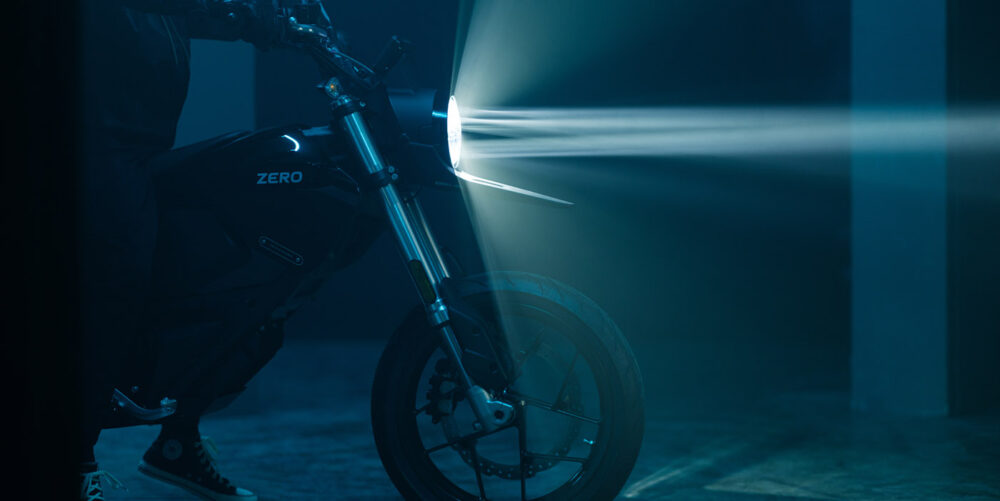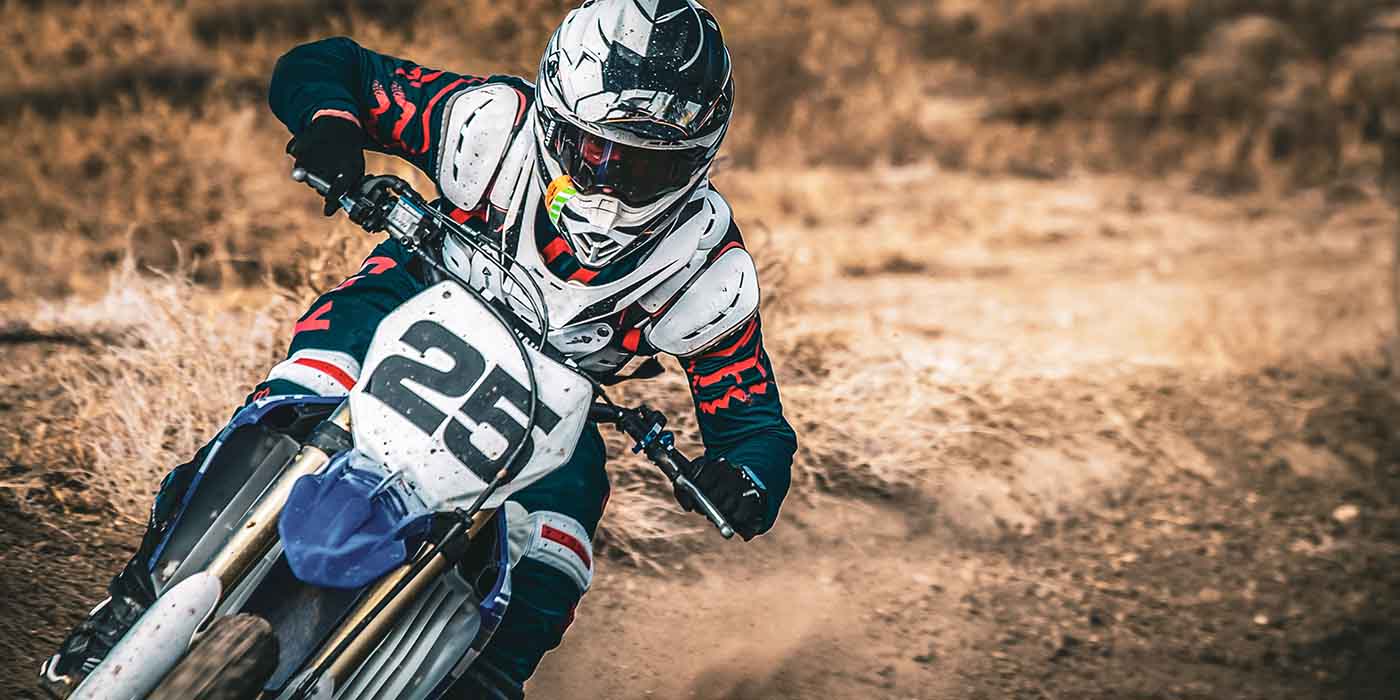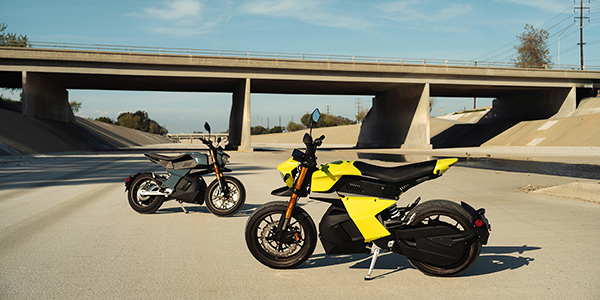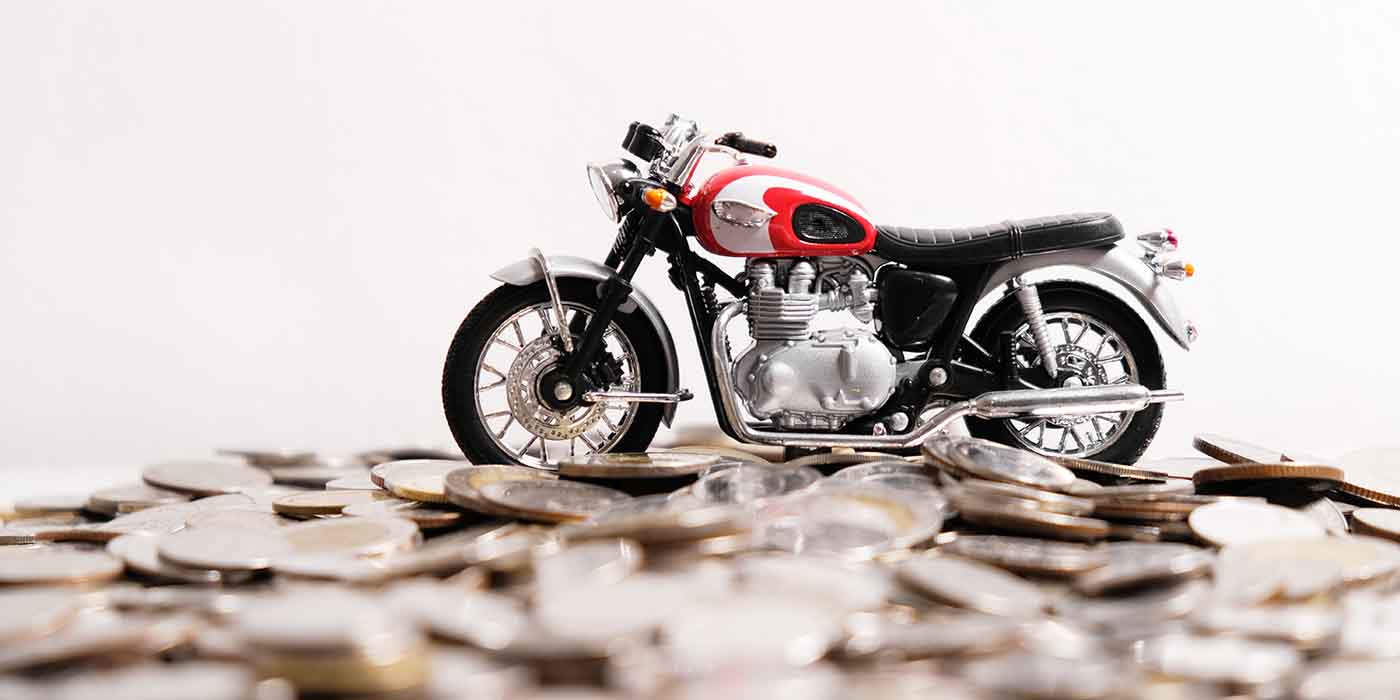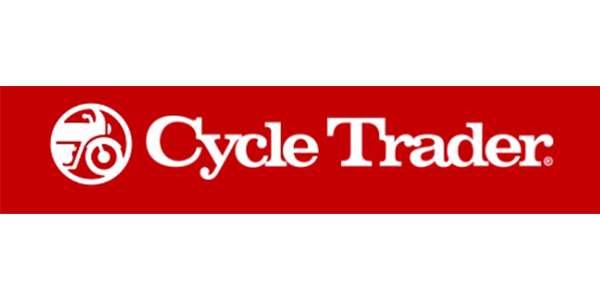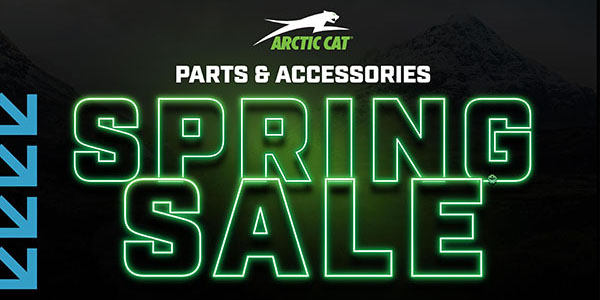Have you noticed more Teslas in your hometown in recent years? I certainly have. What was once a rare, luxury car confined to the largest metropolises is now becoming more commonplace across the U.S. Pretty soon, we’ll be saying the same about electric powersports too.
Now, you might scoff at that idea, saying cars and powersports are two completely different types of vehicle purchases. Cars, after all, are basically a necessity in the U.S., whereas powersports are predominantly recreational wants versus needs. However, with both cars and powersports vehicles, there’s a culture focused around the rev note a gas engine makes, which can’t be replicated in an electric vehicle (EV).
True, electric powersports may never replace the internal combustion engine (ICE) versions on the market. However, that’s not the point. The fact is EV vehicles are here to stay, and it’s important to recognize them as just one more segment of the market that offers a new kind of riding experience.
Why We Can’t Ignore EVs Any Longer
The powersports industry typically trails behind the automotive industry in terms of technological advancements and adoption, but automotive trends can serve as a decent roadmap for what is to come.
For instance, according to registration data from Experian, in Q1 of 2023, the total number of light-duty vehicle registrations amounted to 3.69 million (up 8.4% year-over-year). Of that group, the total number of battery electric vehicle (BEV) registrations equaled 257,507, which was 63% higher than the previous year and 7% of the total market share (up from 4.6% in Q1 of 2022). While the total number of EVs on the market may still be a very small slice of the pie, with that sort of growth rate, it’s no wonder vehicle electrification has been the talk of the industry for the past couple years.
According to Dan Quick, director of communications for Zero Motorcycles, “The market share of electric motorcycles is admittedly quite small in the context of the total number of motorcycles sold, but the growth rate exceeds anything the industry has seen before. For example, in 2013, the U.S. saw under 5,000 all-electric street-legal vehicles of any description (two or four wheels) sold, and in 2018, that number was over 300,000. That type of exponential growth is what electric manufacturers are experiencing. With the number of ICE incumbents that are bringing electrics to the market increasing each year, it seems this pace of electric adoption is not going to slow down over the next decade.”
Owen Scholl, co-founder and CEO of Elaqua Marine Inc., says there were around 54,000 EV powersports vehicles in 2022, according to GuideHouse Insights. However, the key metric to take away, he stresses, is that EV powersports are projected to grow 36% year-over-year into the 2030s.
This next decade will be critical to the industry. As Sandy Scullion, president, powersports group at BRP, notes, “We anticipate there will be an inflection point in the powersports EV space in the next five to 10 years. Meaning, as more and more powersports OEMs enter the EV space, it will build critical mass, and adoption rates will accelerate.”
Electrification by Segment
Just as you used to only see Teslas in major population centers, right now you’re more likely to see electric powersports in bigger, urban areas. However, the experts we spoke with had some interesting revelations on where they sell the most vehicles.
For example, Quick states that some of Zero Motorcycle’s record-breaking sales come from dealerships in Texas to the Carolinas to Western Michigan. On the PWC side, where you might expect places like California to carry the banner, Scholl notes that the biggest response for Elaqua has come instead from the Gulf Coast and the New England/Mid-Atlantic area, where the houses are relatively close to the shore and there are more miles of shoreline, lakes and rivers for riders to enjoy. For electric PWCs, proximity to the grid is important, and as chargers and charging stations become more widespread, EV PWC uptake follows.
“At Elaqua, we found that our initial interest was highest from the boating community because many boaters are already equipped with shore power and are often in more built-up areas, whether they are the coastal suburbs or coastal cities. As we reach out to more and more powersports dealers, we are learning and finding new solutions for specific regions and specific riding communities to help with EV marine adoption,” Scholl explains.
While there are hotspots of activity for the different powersports segments, all the experts agree EVs will be most prevalent in the motorcycle market. After all, there’s not a huge jump from designing an electric scooter to an electric motorcycle, and there are also some physics considerations that make motorcycles a lot more attractive for the EV space.
Scullion adds, “We anticipate motorcycles being the segment of powersports that will accept EV the most. Motorcycles use the least amount of energy compared to products on water or dirt or snow, which is what you want with an EV to maximize range and performance.
“Range is the biggest hurdle at this point because weight and size are important factors in vehicle dynamics, but we believe it will only improve as technology evolves. EV technology brings complementary uses to the industry; it forces us to rethink how we use the products.”
For instance, he clarifies that the electric snowmobiles BRP launched this year were purpose-built for Uncharted Society experience outfitters and tour operators; the snowmobiles’ features, power and range are optimized for guided snowmobile excursions up to 31 miles (50 km).
As for ATVs and UTVs, the focus is on finding the right opportunity and use that goes well with the EV technology. For example, EV quads are perfect for farms, which require relatively short distances to travel and low-speed riding.
Quick specifically highlighted the popularity of the Polaris Ranger XP Kinetic, which was a collaboration project with Zero. “That product sold out in under a matter of hours, and it could be that the uses of workhorse side-by-sides like the Ranger line are well-suited to electric due to their relatively lower mileage and reliance on high-powered torque for stump ripping or hauling around a large property.”
As far as PWCs are concerned, let’s be honest, are people really riding 120 miles at a time on their skis? While Scholl admits there is a segment of the market that does, he argues, “Our research has shown that 80% of all riders use their PWC for an average of three hours at a time, and they generally stay within a few miles of their dock. Most people are not using this as a long-range, overnight adventure vehicle.”
While sport and long-distance tourers may not be hopping on the EV train so soon, there are already market segments that can benefit from using a powersport EV.
Affordability
Now, it’s no secret that electric vehicles cost more than their ICE counterparts. Given their nascent, proprietary technology and the cost to source materials for batteries nowadays, the price of a “standard” EV might equal that of a fully outfitted/deluxe gasoline-powered vehicle. And while costs will invariably come down over time as the technology evolves and becomes more standard, customers today may still succumb to some initial sticker shock. However, this is where you, as a dealer, can come in and help pull them off the ceiling.
Right now, as governments try to encourage the adoption of EVs, there are numerous state and local incentives for these vehicles that take some (or all) of the financial risk out of the buyer’s hands. For instance, Washington state has a sales tax exemption for new “clean alternative fuel” vehicles under $45,000, and used ones under $30,000. Other states offer tax credits, rebates and/or reimbursement programs for EV purchases and/or installing a charger on your property. Research your area to find out what’s available so you can inform your customers. After all, you’re getting the money regardless of who’s paying for it.
Aside from the purchase price, there are additional “soft costs” that will greatly reduce the cost of ownership for EVs.
“Besides basic tire and brake maintenance, an all-electric… motorcycle requires virtually no traditional preventative maintenance,” Quick says. ICE engines are complex, which result in a lot of wear and tear. Since there are fewer moving parts to change in an EV, there will also be a lower frequency of service visits, saving customers both time and money. Furthermore, if the owner cares for the vehicle well, its life should be about equal to that of an ICE counterpart. And while that may seem like a blow to your service shop’s revenue, business certainly isn’t going to dry up.
After all, there is one thing your dealership will have to know how to do – swap out the batteries for new ones. For the most part, these are not the types of batteries owners can go pick up at the store and change out themselves. Furthermore, OEMs have been striving to make these batteries recyclable, though owners would first have to come to the dealership for a “battery trade-in” before the dealer takes care of the recycling. And, of course, there are the fuel cost savings.
Quick concludes, “For riders who put a conservative amount of yearly miles on their motorcycles in even the cheapest gas price areas of the country, the fuel savings run into the thousands very quickly.”

